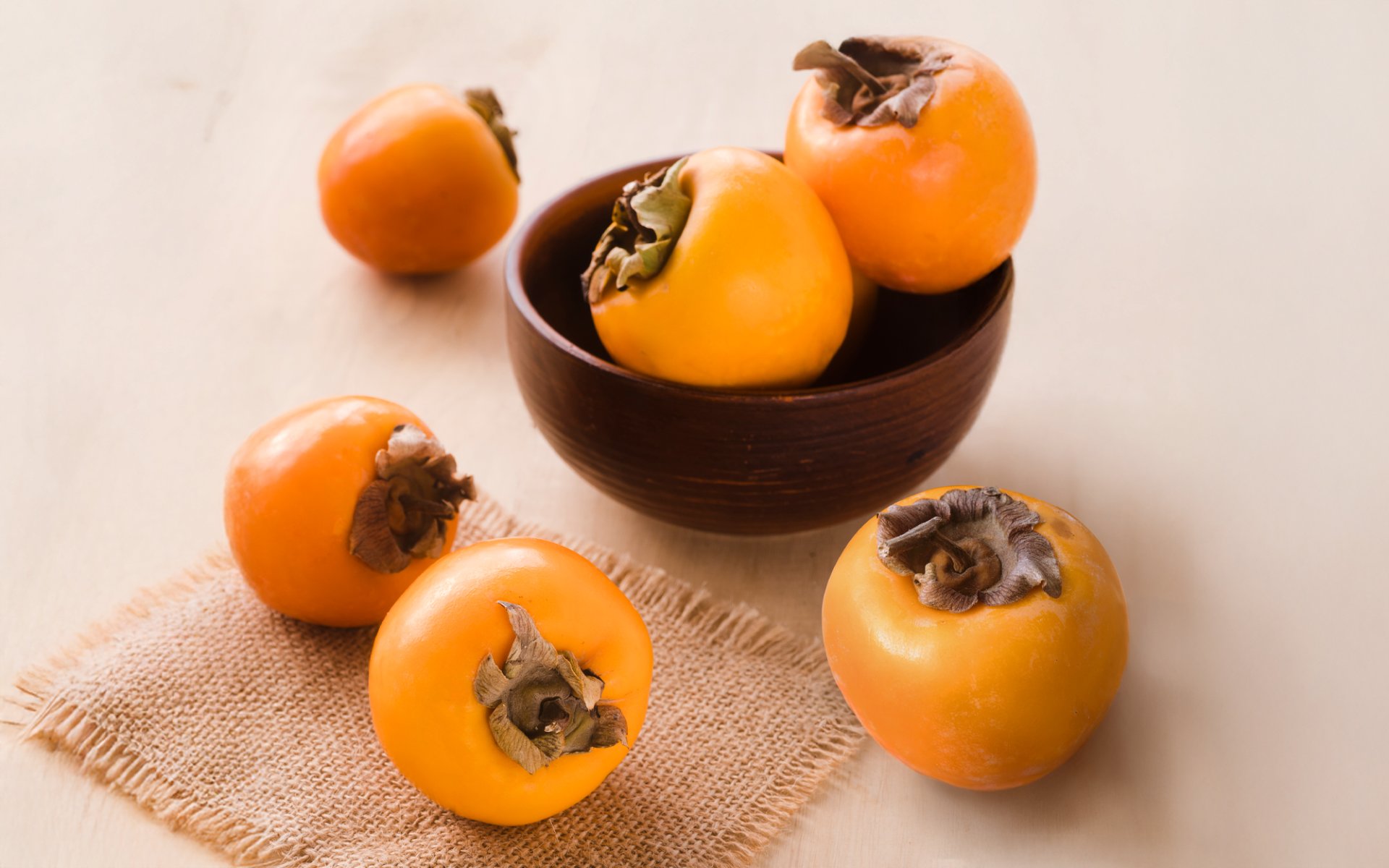New Zealand Persimmon

When you think of persimmon, the common image that comes to mind is an orange-yellow, medium-sized fruit with a strong Asian association, as it's primarily cultivated in China, Japan, and Korea. However, there's another country with an interesting reputation for persimmon exports: New Zealand.
Sweet vs. Astringent Persimmons: The Differences You Should Know
There are many varieties of persimmons, broadly categorized into two types: sweet persimmons and astringent persimmons. Astringent persimmons, such as the Hachiya variety, typically have a tall, elongated shape and are high in tannin. This compound protects the fruit from insects and parasites. While not harmful to humans, it causes a bitter, astringent taste. Consuming too much may lead to bloating. Therefore, these persimmons must be fully ripened or bletted to eliminate the tannin before they can be eaten. Fully ripened astringent persimmons have a soft texture and are very sweet.
New Zealand's renowned persimmons fall into the sweet category. The most popular variety cultivated in New Zealand is the Fuyu variety, developed in Japan. The key characteristic of sweet persimmons is their low tannin content and lack of astringency, allowing them to be eaten whole, even when unripe. You can enjoy their sweet aroma and crisp, apple-like texture. Sweet persimmons are also rounder in shape than astringent ones. New Zealand persimmons are medium to large in size, sometimes a vibrant orange color, and can weigh up to 220 grams per fruit.
Origin and Growth in New Zealand
Persimmons originated in China and spread to Europe in the early 19th century. It's recorded that they were first cultivated in New Zealand around 1870 CE. Although persimmons are an Asian fruit, they thrive in New Zealand because they require a long summer growing season, which matches New Zealand's climate.
The areas with the most extensive cultivation include Gisborne, Northland, Auckland, Waikato, and the Bay of Plenty region. The persimmon harvest season is in late autumn, from April to May, and exports to various countries continue until July. The main export destinations include Australia, Singapore, Vietnam, and Thailand.
Nutritional Benefits and Culinary Uses
New Zealand persimmons are rich in Vitamin C, providing up to 105% of the daily recommended intake, which helps boost the immune system. They contain antioxidants, help regulate blood pressure and cholesterol levels, and are also packed with Vitamins A and B6, along with various mineralsall essential nutrients for the body. New Zealand persimmons can be stored at room temperature, maintaining their crispness for up to 2-3 weeks.
Besides eating them fresh to fully appreciate their taste, persimmons are also used in various dishes and desserts in New Zealand. They can be baked or grilled whole, dried, used in fruit salads, or paired with smoked salmon salads. They can also be enjoyed with vanilla ice cream or used to make persimmon sherbet or sorbet.


